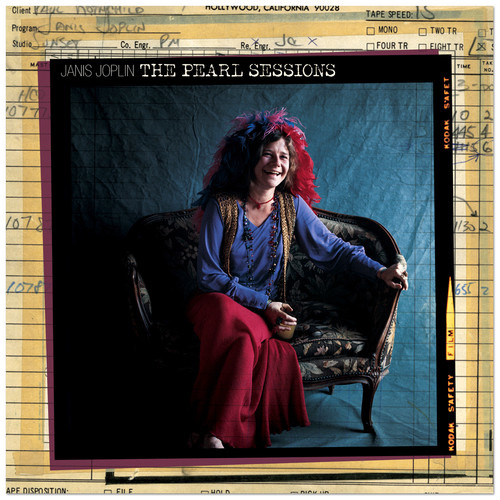

JANIS JOPLIN PEARL ZINHOF FULL
She finally had the band she needed to be her wild, unpredictable self onstage - the Full Tilt Boogie Band - and Joplin herself had spoken openly about how much Pearl producer Paul Rothchild, who had long taken an interest in the singer and expressed a desire in seeing her make records for decades to come, had taught her in the studio. She had found some of the first camaraderie and community since her Big Brother days in San Francisco while touring Canada that summer aboard the Festival Express.

Though she suffered from the loneliness of being a rock star and had begun self-medicating with alcohol, several people close to her indicate that she had finally kicked her lingering heroin addiction. It becomes all the more desirable, then, to push beyond the myth and take Pearl as the stunning gem it is and not merely the final act of a mysterious, mythical figure because, by all accounts, Joplin may have been on the verge of finally moving past some of the pain that had always plagued her as someone yearning for acceptance. It’s a persona so bold and magnetizing that it becomes easy to forget the possibility that Joplin understood the blues and expressed hurt so very well because her life, up to that time, had been full of crushing pain. It’s the character we see portrayed on the front sleeve of Pearl: all bright, flowing garments, dangling bracelets, and plumage draped over a Victorian loveseat. Big Brother and the Holding Company drummer and bandmate Dave Getz has explained that by the time Joplin went solo, she had intentionally disappeared, at least publicly, deeper into the stage character that had captured the imagination of anyone who had seen her perform. Some of that blur is of Joplin’s own making. They flash so brilliant and blindingly across the sky that we never suspect they might come crashing down at any moment. As music fans, we tend to romanticize blazing meteors like Joplin, who, as Neil Young would later put it, burn out rather than fade away.
In filmmaker Amy Berg’s award-winning 2015 documentary Janis: Little Girl Blue, it’s echoed that teasing out Joplin the person from the myth has always been a challenge. And for others still, Exhibit A, a clue of sorts to what had gone wrong for this young, white girl from Texas who had never fit in, sang like the old-time blues singers, and dazzled the world in a bright swirl of feathers before being tragically hushed. To others, an incomplete hint at what could have been had she gone on. To many fans, Pearl became her final words and a de facto farewell. It became part of the myth of Janis Joplin - an idea that’s only grown bolder and more complex over the decades. At that point, Pearl, which came out a little over three months later, could never simply be the latest measure of the brilliant blues singer as a recording artist. That was assured when Janis Joplin was found dead in her hotel room of an accidental heroin overdose during the sessions that would lead to her second and final solo record. Pearl never stood a chance at being just an album. Also, after you read this article, scroll below to enter our exclusive Janis Joplin giveaway or score some original Opus swag. Consequence Podcast Network and Sony’s The Opus is back for Season 12, which examines the enduring legacy of Janis Joplin’s posthumous final album, Pearl.


 0 kommentar(er)
0 kommentar(er)
